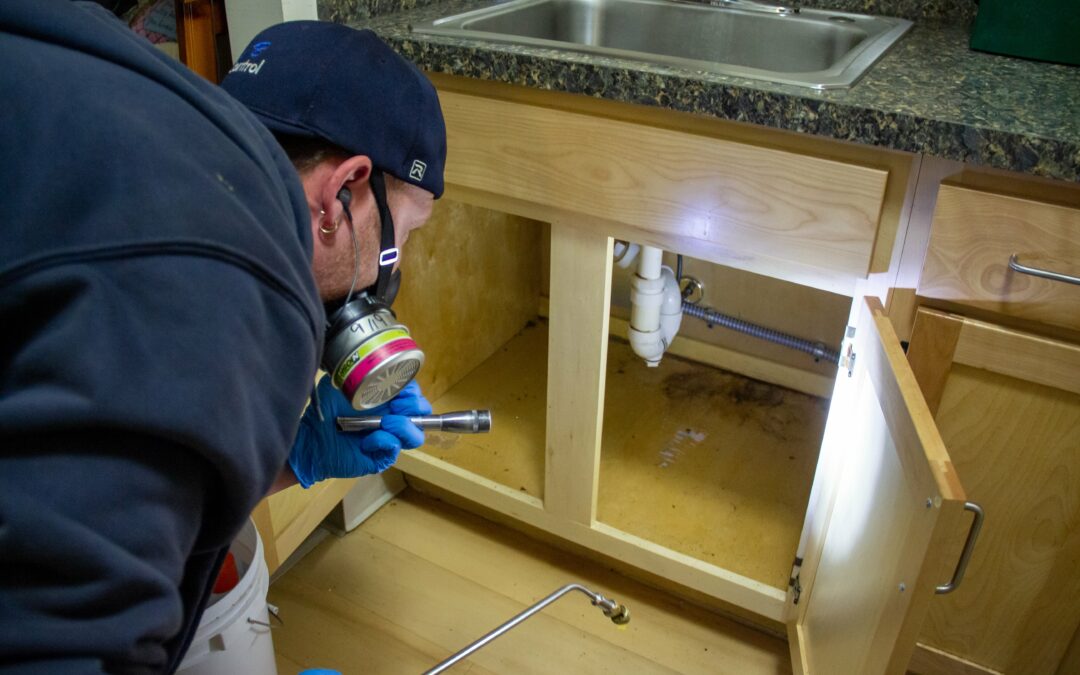The vast majority of the world’s documented cockroach species are non-pests that inhabit tropical regions of South America, Africa and southeastern Asia. These non-pest cockroach species provide an essential ecological service in rainforests and other vegetation-rich regions by readily consuming a variety of organic waste products, such as dead organisms and decaying plant matter. In addition to allowing soil to breath by removing organic waste that collects on the ground, cockroaches ultimately convert this waste into excrement that provides growing plants with nourishment. Of the 4,000 cockroach species that have been documented worldwide, only 70 inhabit the US, and of these 70 cockroach species, only four have become common throughout the country. These cockroach species are commonly known as American, German, Orienal and brown-banded cockroaches. The Asian, Australian, Turkestan and smokybrown cockroach species have also become common house pests in the US, but their habitat distribution is limited to the southern states.
American cockroaches are relatively large, as adults are between 1 ¼ to 2 inches in length, and they are prevalent in sewer systems throughout the US. While American cockroaches are often found in homes, they are more commonly found within commercial buildings and restaurants. German cockroaches are, by far, the most frequently encountered cockroach pests within homes, which makes sense considering that they are one of the few insect pest species that dwell primarily indoors. German cockroaches have become more resistant to insecticides than any other cockroach pest species, but this is not the only reason why the German cockroaches are difficult to control.
German cockroaches are naturally skilled at remaining hidden from the humans they share homes with, as they possess many characteristics that allow them to thrive indoors. For example, German cockroaches are in the habit of aggregating in cramped spaces within wall voids, ceiling voids, cracks between cabinets and walls, and other inaccessible areas where they cannot be easily detected or eliminated. In fact, German cockroaches spend most of their lives within cramped hiding spots, or “harborages,” and the few cockroaches that do leave to gather food sources only do so at night when residents are sleeping, or when residents are not home. Not only do German cockroaches proliferate rapidly, but females remain attached to their egg cases (ootheca) from the moment they are produced until the moment they hatch. Because of this, not even pest control professionals are able to locate German cockroach eggs within homes. Also, insecticides cannot penetrate the exterior surface of German cockroach eggs, so even if all cockroach adults and nymphs are killed within a home, an infestation may still occur if eggs remain indoors.
Have you ever heard the sounds of cockroaches crawling about within wall voids?

